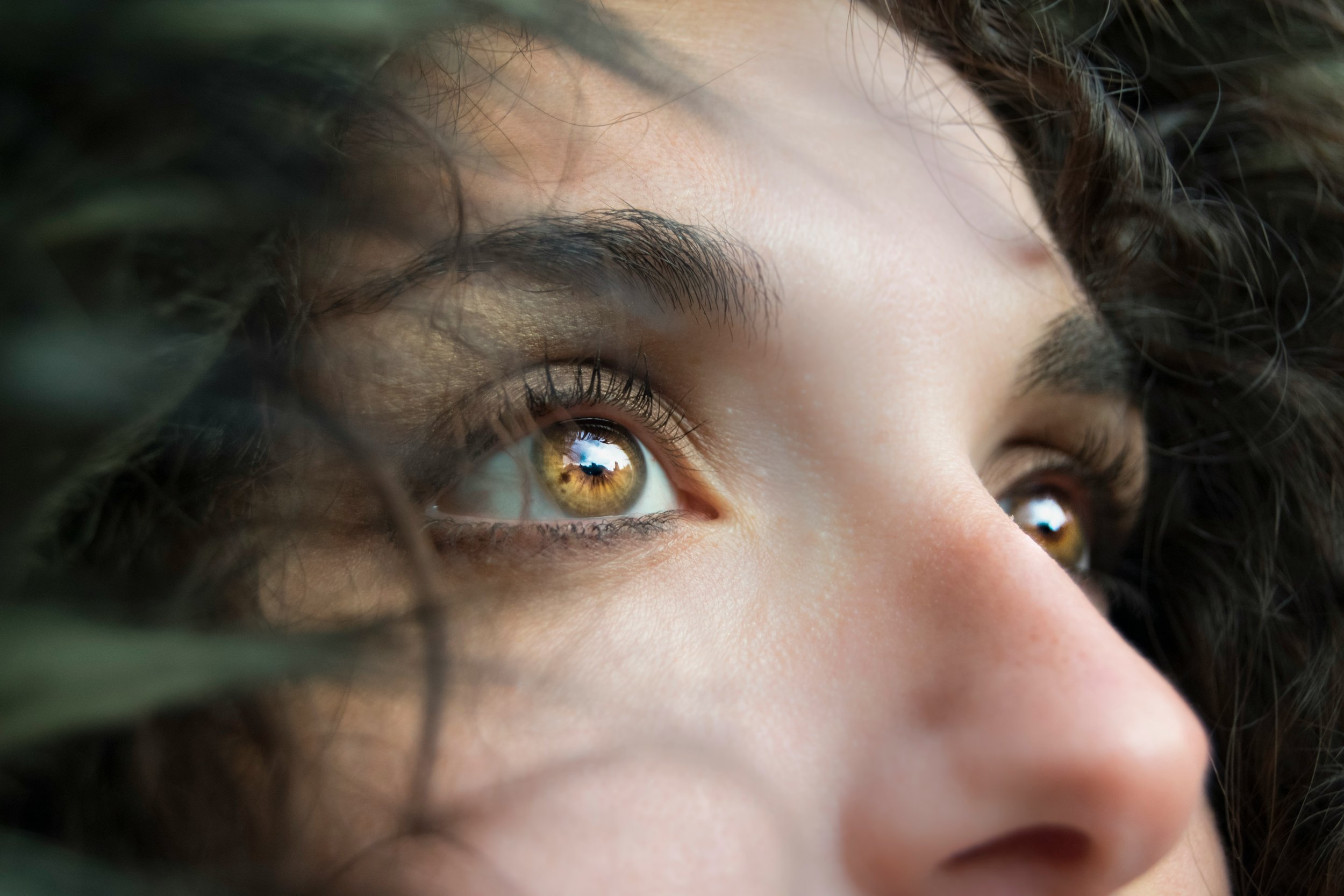Cataracts: Causes, Symptoms, and Treatment Options
Cataracts are one of the most common causes of vision loss, affecting millions of people worldwide, especially as they age. This condition occurs when the eye’s natural lens becomes cloudy, leading to blurred vision, glare sensitivity, and difficulty seeing at night. Fortunately, cataracts are highly treatable, and modern cataract surgery can restore clear vision effectively.
What Causes Cataracts?
Cataracts develop when proteins in the eye’s lens break down and clump together, causing cloudiness. The most common cause is aging, but other factors can contribute, including:
UV Exposure: Prolonged exposure to sunlight can accelerate cataract formation.
Diabetes: High blood sugar levels can lead to early cataract development.
Smoking & Alcohol Use: These habits increase oxidative stress, which can damage the lens.
Eye Injuries & Medications: Long-term use of steroids or past eye trauma can contribute to cataracts.
Genetics: A family history of cataracts may increase the risk.
Symptoms of Cataracts
Cataracts develop gradually, so early symptoms may go unnoticed. As the condition progresses, people often experience:
Blurry or cloudy vision
Increased glare and sensitivity to light
Difficulty seeing at night
Faded or yellowed colors
Frequent prescription changes in glasses
Double vision in one eye
If left untreated, cataracts can significantly impact daily life, making activities like reading, driving, and recognizing faces more difficult.
How Are Cataracts Diagnosed?
A comprehensive eye exam is the best way to detect cataracts. Your eye doctor will assess your vision, examine the lens, and perform tests such as:
Slit-lamp examination – Uses a special microscope to detect early cataract formation.
Visual acuity test – Measures how well you see at different distances.
Retinal exam – Checks the back of the eye to assess overall eye health.
Treatment Options for Cataracts
Early-Stage Cataracts
In the early stages, symptoms can often be managed with lifestyle adjustments, such as:
Brighter lighting for reading and tasks
Anti-glare lenses to reduce light sensitivity
Updated glasses prescriptions for clearer vision
Cataract Surgery: A Permanent Solution
When cataracts significantly affect daily life, cataract surgery is the only effective treatment. This procedure is safe, quick, and highly successful, restoring clear vision for millions each year.
During surgery, the cloudy lens is removed and replaced with an artificial intraocular lens (IOL). There are different types of IOLs available:
Standard Monofocal IOLs – Provides clear vision at one distance (may still need glasses).
Multifocal IOLs – Corrects vision at multiple distances, reducing the need for glasses.
Toric IOLs – Designed for patients with astigmatism.
Most patients notice immediate vision improvement, and full recovery typically takes a few weeks.
Preventing Cataracts
While cataracts can’t always be prevented, healthy habits can slow their progression:
Wear UV-protective sunglasses to reduce sun damage.
Eat a diet rich in antioxidants (leafy greens, fish, and colorful fruits).
Quit smoking to protect overall eye health.
Manage diabetes and blood pressure to reduce risk.
Have regular eye exams for early detection and monitoring.
Final Thoughts
Cataracts are a natural part of aging, but they don’t have to affect your quality of life. With early detection and advanced cataract surgery, clear vision is possible. If you’re experiencing vision changes, schedule an eye exam today to explore your treatment options and protect your sight.
Book your cataract consultation now and take the first step toward clearer vision!

